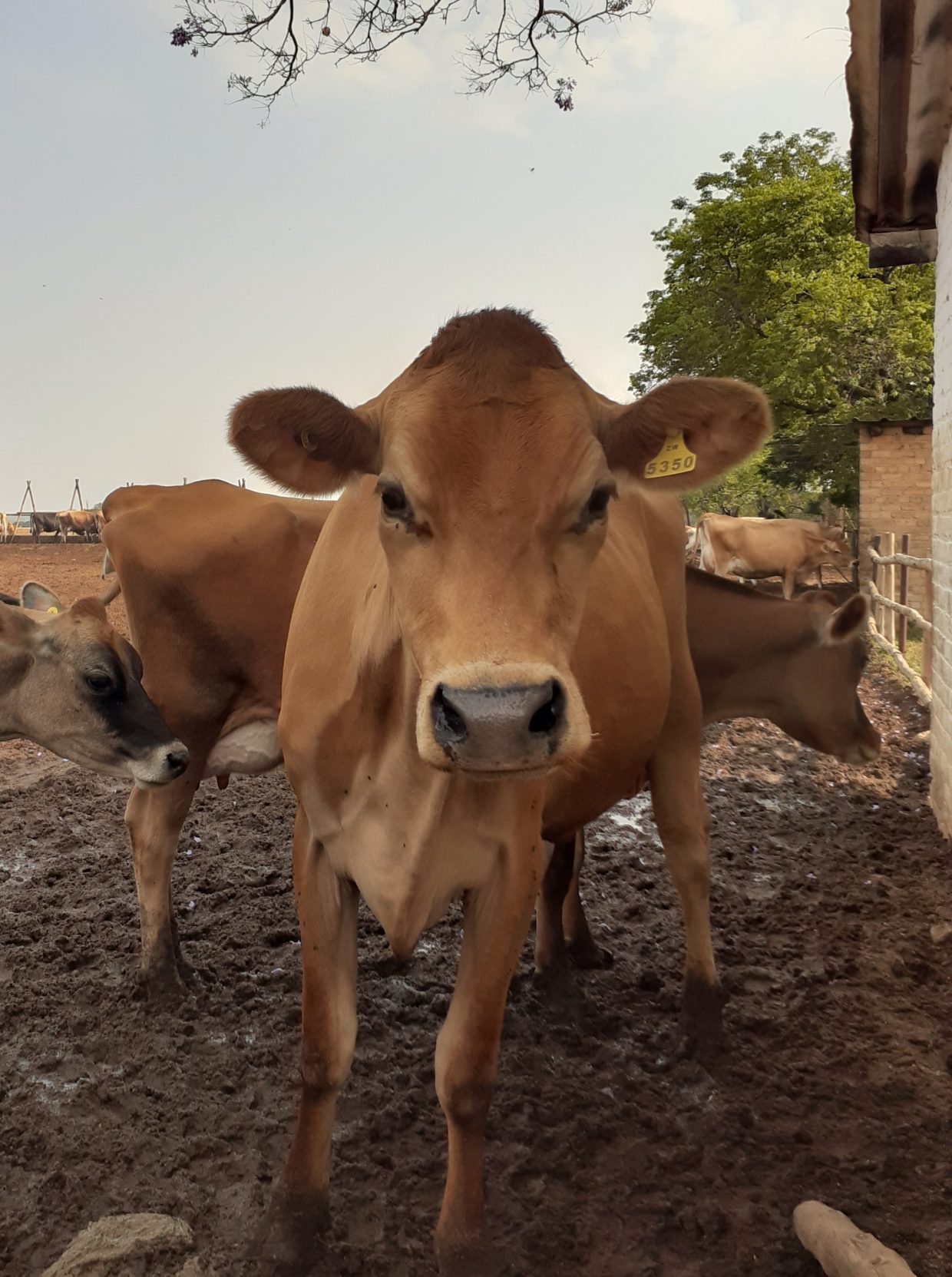Dairy cows require a comfortable life to produce quality milk of economic quantities.
Heat stress is the biggest hinderance in cow comfort, even in temperate zones.
Dairy cow breeds were developed in temperate zones and have a thermoneutral zone, or temperature comfort zone, in the environmental temperature range of 5 to 25 degrees C (www.omafra.gov.on.ca). In this zone minimal energy is expended on thermoregulation so more energy can be directed to milk production.Temperatures above and below the thermoneutral zone result in loss of milk production and quality as the cow uses energy and nutrients to thermoregulate.
Heat stress leads to changes in milk composition as fat and protein content decrease (G. Andre; AGJM Oude Lansink:Journal of Dairy Science Volume 94, Issue 9, September 2011, Pages 4502-4513).
It is difficult to quantify the exact loss of milk due to heat stress as other factors play a role as well. However, the study by G. Andre and AGJM Oude Lansink in the Netherlands on 6 farms found that on average 5 days of heat stress led to a loss of 32 kgs of Milk per cow per day in a year. These farms had similar management and feeding and were in the same region.

